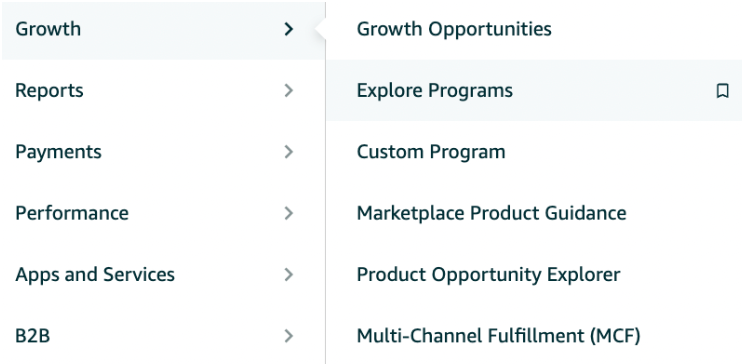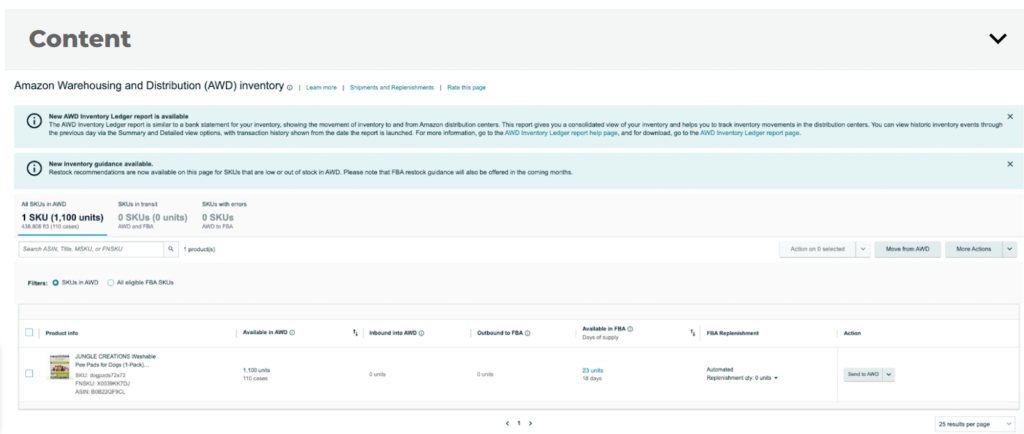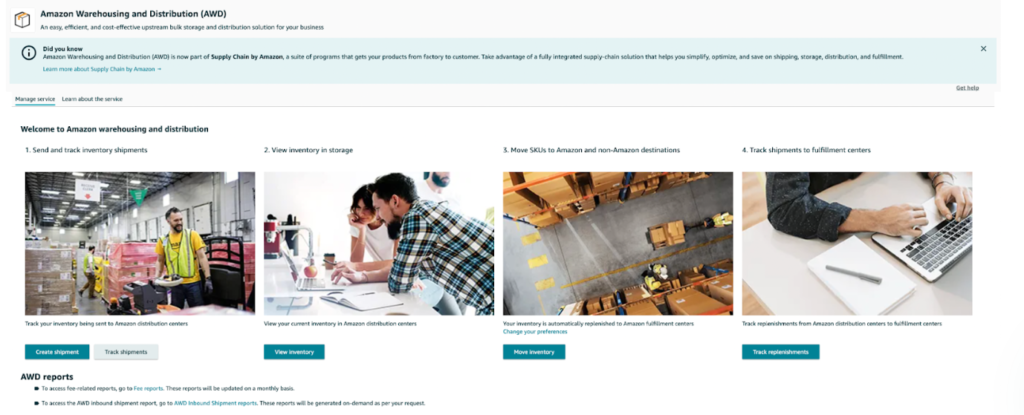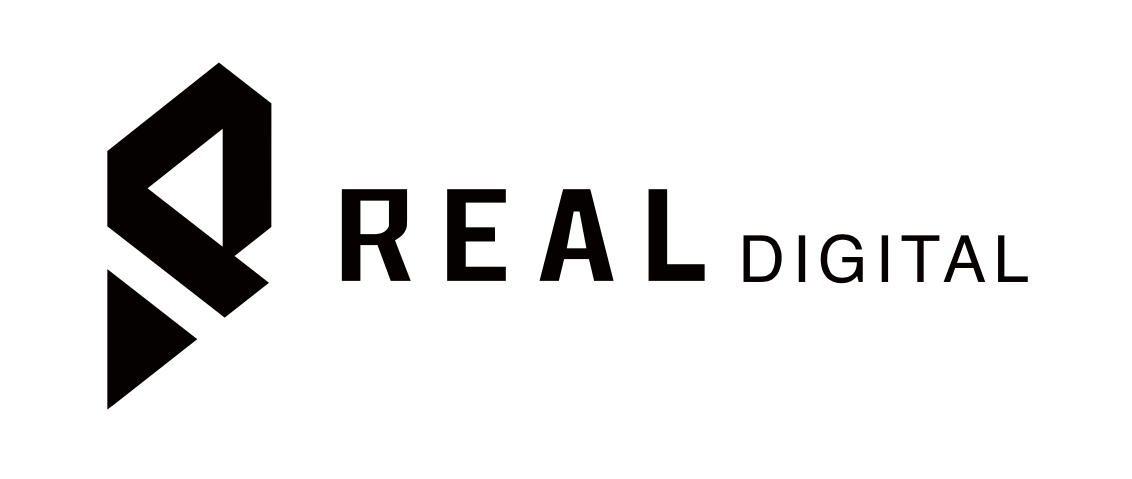AMAZON WAREHOUSE AND DISTRIBUTION
Introduction
Are you looking to optimize your inventory management and streamline your FBA replenishment process? Amazon Warehousing and Distribution (AWD) offers a solution that can help you effectively manage your bulk storage and distribution needs. Enrolling in AWD can significantly reduce costs, enhance inventory control, and ensure your products are always in stock across various sales channels. In this guide, we’ll walk you through the simple steps to start with AWD.
What is Amazon AWD?
Amazon AWD (Amazon Warehousing and Distribution) is a cost-effective bulk inventory storage and distribution solution. It is specifically designed to handle long-term storage of inventory and manage its distribution to Amazon fulfillment centers, as well as to other sales channels beyond Amazon.
Effective inventory management is essential for the success of any e-commerce business. Amazon AWD assists sellers and other online retailers by providing an efficient system for storing and replenishing inventory. This ensures that products are consistently available and in stock across all platforms, helping to maintain smooth operations and meet customer demand.
AMAZON AWD PROS AND CONS
Advantages :
- Cost Savings on FBA Fees: Avoids the FBA inbound placement service fee introduced on March 1, 2024, which can reduce overall shipping costs.
- Automatic Inventory Replenishment: Ensures your FBA inventory stays stocked by automatically sending products to Amazon fulfillment centers when stock levels fall, reducing the risk of running out of inventory.
- Multi-Channel Distribution: Facilitates distribution across various channels, not just Amazon, by managing inventory in a centralized location and shipping to multiple sales platforms.
- Transparent and Affordable Bulk Storage: Provides a clear and economical option for bulk storage, which benefits businesses needing a cost-effective solution to manage large inventory volumes.
- Streamlined Operations: Simplifies the logistics of managing inventory for both Amazon and other sales channels from a single warehousing solution, potentially reducing administrative overhead.
Disadvantages:
- Limited Control Over Storage and Handling: Relying on an external warehousing solution means you have less control over how your inventory is stored and managed compared to handling it in-house.
- Dependency on AWD for Inventory Management: Your business becomes reliant on AWD’s systems and processes, which may impact operations if there are any disruptions or issues with their service.
- Potential Integration Challenges: Integrating AWD with your existing systems and processes may be complex, requiring additional setup and ongoing management.
- Initial Setup and Transition Costs: While ongoing costs may be lower, initial expenses could be associated with setting up and transitioning to AWD, including potential changes to your supply chain logistics.
- Limited Customization: AWD may offer less flexibility and customization than handling your warehousing, which could affect specific business needs or preferences.
How to Enroll in Amazon Warehousing and Distribution
If you’re interested in utilizing Amazon Warehousing and Distribution (AWD) for your inventory storage and FBA replenishment needs, follow these steps to enroll:
1. Access the Enrollment Page:
Log in to Seller Central and navigate to the AWD section. You can find this by going to the menu and selecting Growth > Explore Programs > Amazon Warehousing and Distribution. Click on the “Enroll” button at the AWD page’s top.

2. Learn More About the Service:
While on the AWD page, you can explore detailed information about the service, including FAQs that address common questions and concerns. This will help you understand how AWD can benefit your business.

3. Post-Enrollment Dashboard:
After completing your enrollment, you’ll access a dashboard to manage various aspects of your inventory.

The dashboard allows you to:
- Create Shipments: Set up and manage shipments to and from AWD facilities.
- View Your Inventory: Monitor and manage your inventory levels.
- Move Inventory: Transfer inventory between different locations or channels.
- Track Replenishment: Keep track of inventory replenishment to ensure that your stock levels are maintained efficiently.
Following these steps, you can efficiently utilize AWD for your e-commerce operations and streamline your inventory management processes.
Do I need AWD service?
You might need Amazon Warehousing and Distribution services if you require efficient inventory management, scalable order fulfillment, and the ability to leverage Amazon’s logistics network for timely deliveries. These services can help scale operations, make products eligible for Amazon Prime, and reach international markets. Evaluate the costs and benefits compared to in-house logistics or other third-party services to determine if they align with your business needs.
What is the AWD processing fee?
The Amazon Warehousing and Distribution processing fee includes charges for various services provided through Fulfillment by Amazon (FBA), such as fulfillment fees for picking, packing, and shipping products, storage fees for holding inventory in Amazon’s warehouses, and removal fees for retrieving or disposing of inventory. Optional service fees for additional tasks like labeling or packaging may also apply. The specific fees depend on product size, weight, and storage duration. For detailed and current fee information, checking Amazon’s FBA fee schedule on their website is best.
What's the difference between Amazon warehouse and Amazon outlet?
Amazon Warehouse offers discounted open-box and refurbished items, typically returns or excess inventory in good condition, while Amazon Outlet features new overstock and clearance products at reduced prices. Warehouse products are inspected and graded for condition, whereas Outlet items are brand-new but discounted due to being excess or seasonal stock.
Book your Free Consultation with us, or get in touch here: [email protected]


